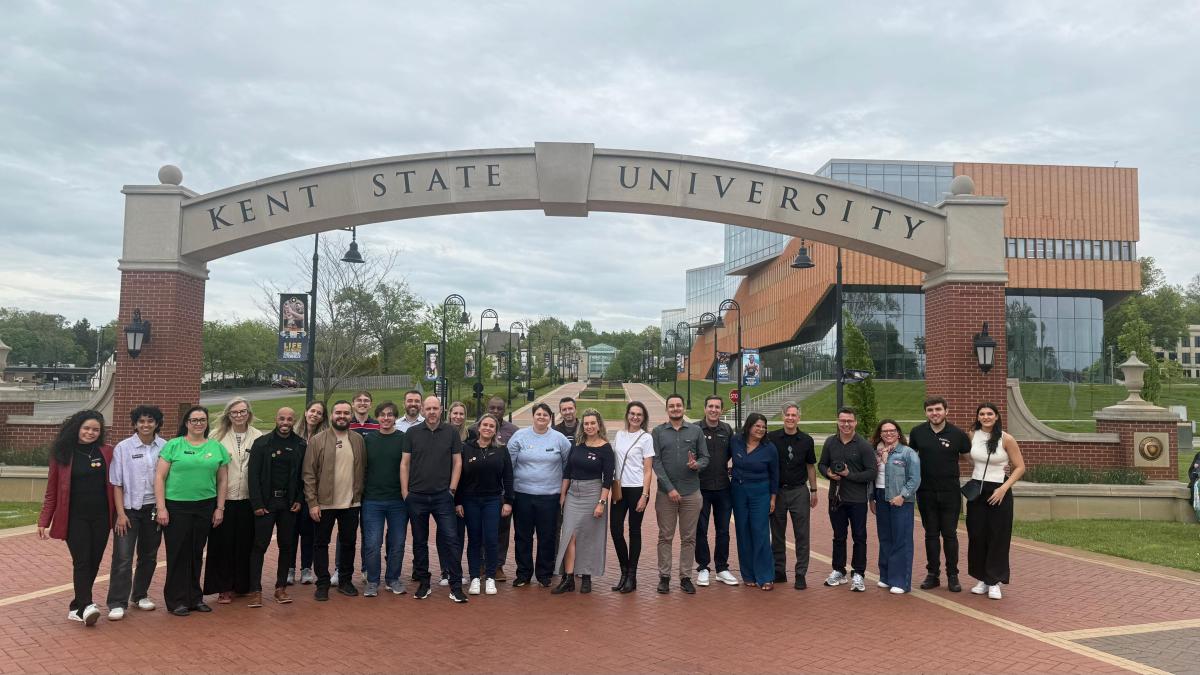A group of school administrators from Brazil recently completed the 10-day Design Innovation Change Agent Workshop at ë–ƒVlog‚Äôs Design Innovation Hub, where they immersed themselves in design innovation techniques as they endeavor to innovate their school system at home.
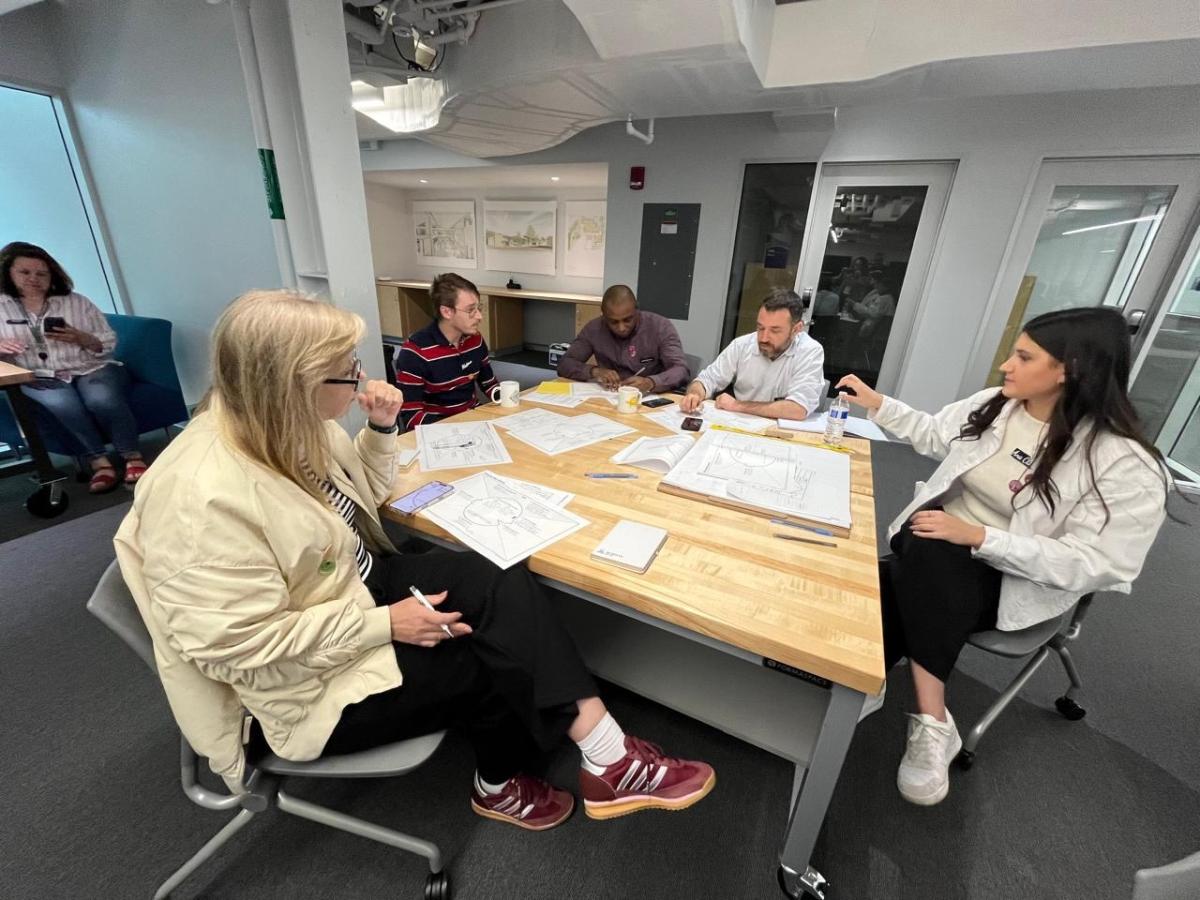
The educators work for Marista Brazil, a network of 96 schools throughout the country run by the religious order of the Marist Brothers, which also operates the Pontifical Catholic University of Paran√°, in Curitiba, Paran√°, Brazil, where ë–ƒVlog operates its American Academy.
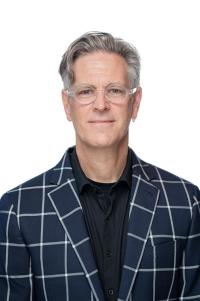
For the past three years, the school system has approved up to 20 of its administrators to attend the 10-day innovation experience. More than 50 administrators from the schools have taken part over the past three years.
‚ÄúThese educators are currently engaged in an important process of transformation within their schools in Brazil,‚Äù said Paulo Mussi Augusto, Ph.D., associate vice president for ë–ƒVlog‚Äôs Office of Global Education, told ë–ƒVlog Today. ‚ÄúExperiencing the American approach to education, with its emphasis on student agency, critical thinking and interdisciplinary learning, could offer them powerful inspiration for the changes they are pursuing.‚Äù
While the Marist schools are high-quality college preparatory academies, their curricula are very traditional, explained J.R. Campbell, executive director of the Design Innovation Initiative.
“They were feeling the need to innovate and to meet the students where they are now, to grow and to look for ways to implement new solutions and also to build a culture of innovation across their system,” Campbell said.
‚ÄúBringing the educators to ë–ƒVlog allows them to see those values in action, beyond theory. It was an opportunity to connect their vision for innovation with concrete practices from a leading U.S. university and schools from different regional profiles,‚Äù Augusto said.
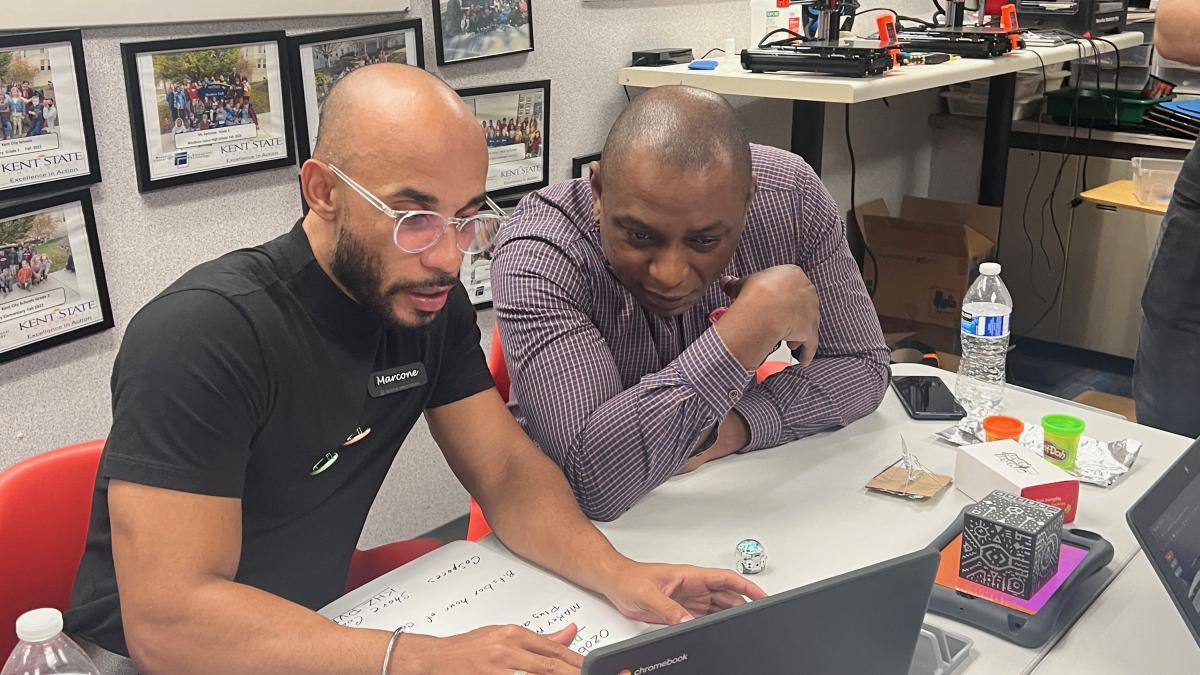
A key focus of the training is problem solving, Campbell explained, and the design innovation team created a program for the educators to gain deep insight into innovative ideas and practices.
“It means getting them thinking about not just how they might solve one problem or create one solution, but how they can build the muscles to become change agents in their ecosystem,” Campbell said. “So that includes interviewing, visiting, observing and immersing themselves in some of these experiences.”

The group visited four different high schools in northeast Ohio: Firestone Community Learning Center in Akron, the Hawken Upper School and Lower School in Cleveland, the LeBron James Family Foundation I Promise School in Akron and the Western Reserve Academy in Hudson.
The I Promise School’s House 330 was included so the educators could see how the foundation has built a system to support the whole community, not just the students. The Western Reserve Academy was selected as an example of a residential school and because it is home to the Wang Innovation Center, one of region’s most acclaimed school makerspaces, Campbell said.
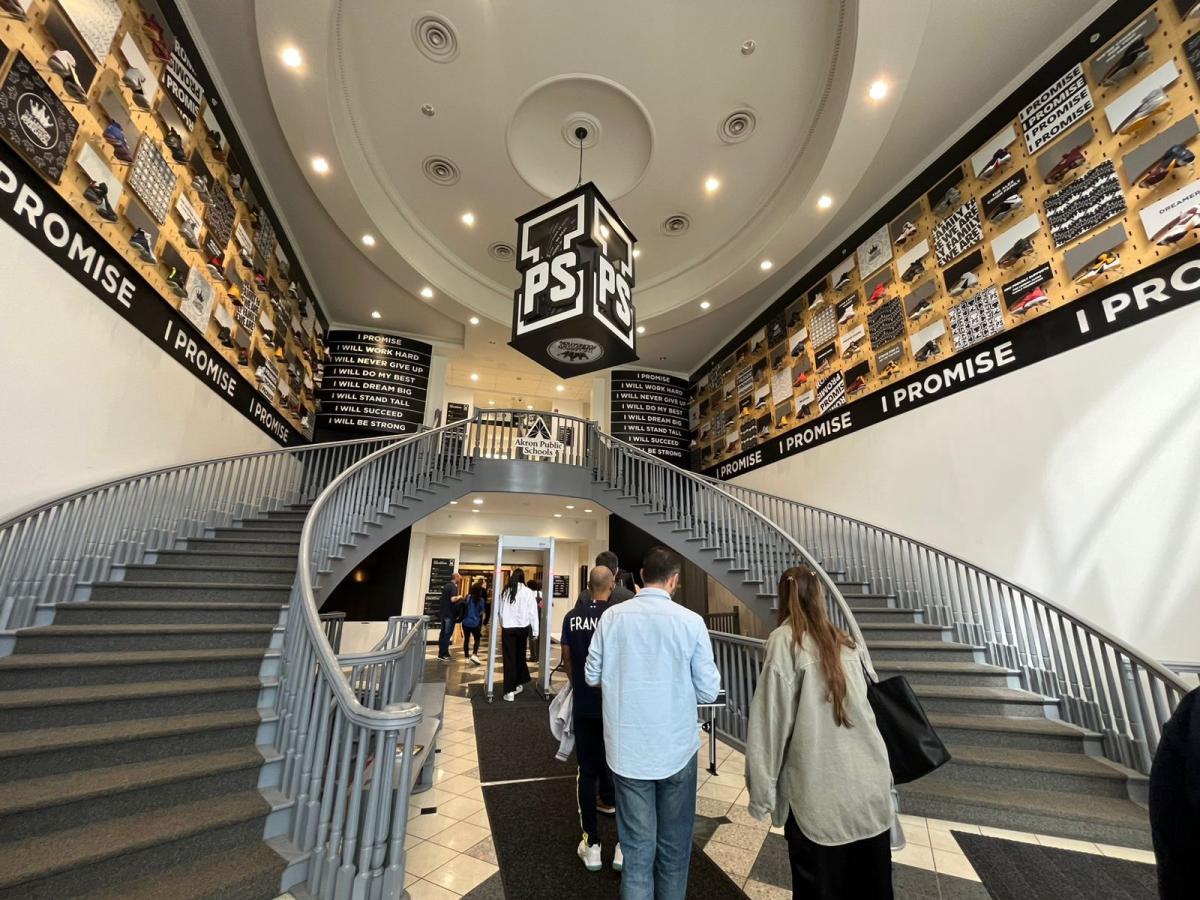
“So, they’re seeing these things that are kind of mind-blowing, and then they can start thinking about what elements they can bring back or inspire them,” he added. “They compare what they have seen at the Ohio schools to what problems they have in their own schools to start thinking about ways they can come up with innovative solutions.”
The educators then spend several days working in small groups to devise a plan or concept that they would like to implement when they return home. Part of this effort, Campbell noted, is learning how to recognize potential roadblocks – mental or perceptual – to their solutions.
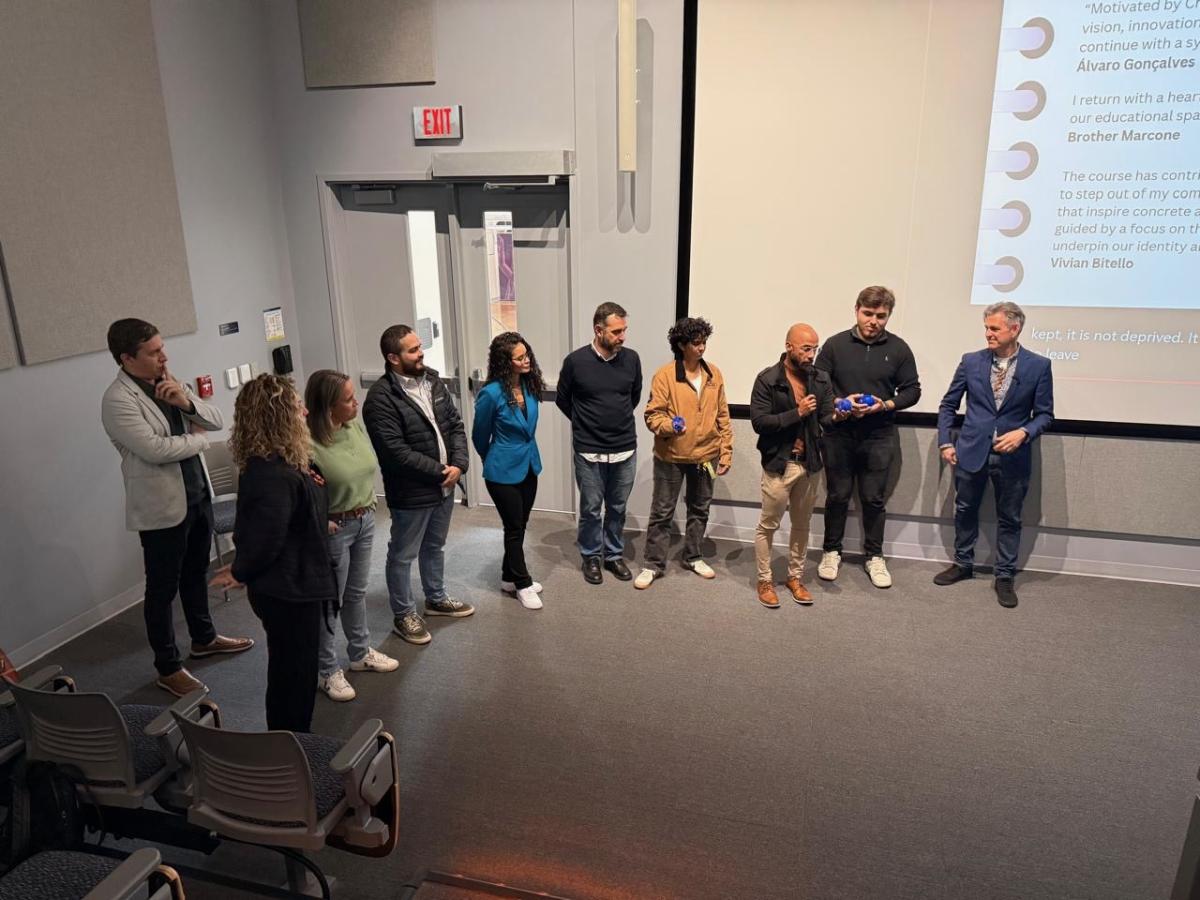
One of the changes the group discussed was how to insert a culture of choice in their educational system. In the U.S., students must take certain required courses but then are free to select from electives in subjects that interest them, whereas in the Brazilian school system, all students take a set curriculum, Campbell explained.
Since the exchange with ë–ƒVlog began three years ago, the Marist schools have opened an innovation hub at their national headquarters to help foster innovations across the 96-school system.
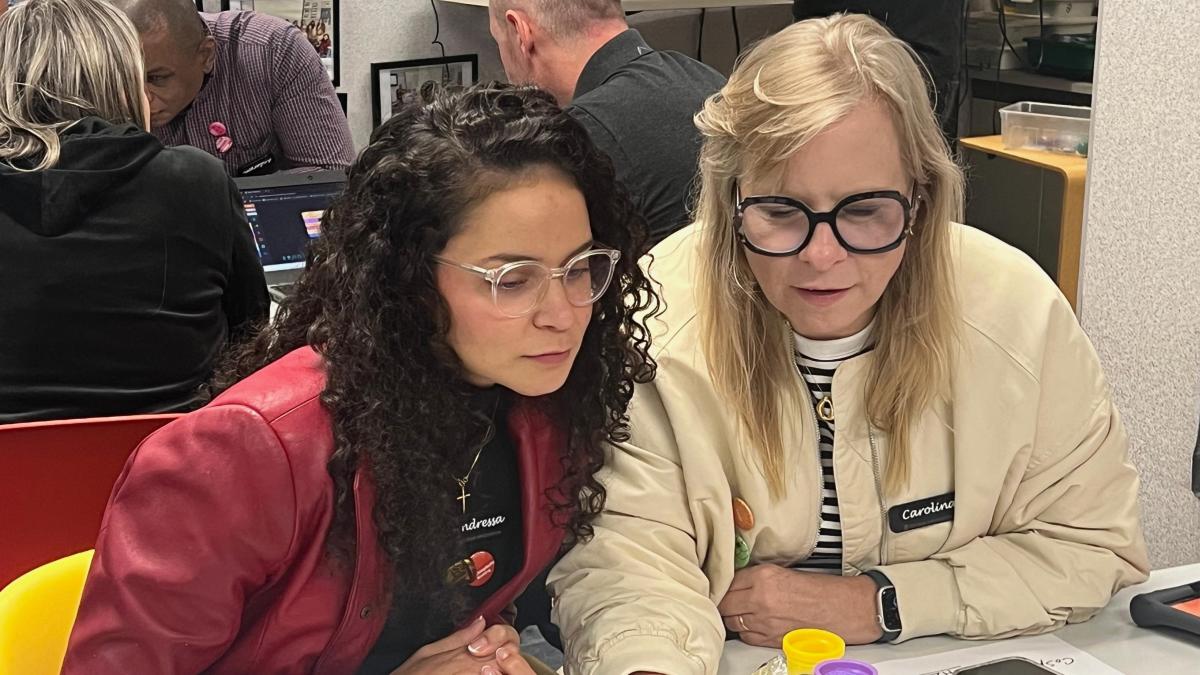
“One of the things that has been most gratifying is that each year the feedback is really positive,” Campbell said, “Most everybody who participates has talked about it being life changing for how they think about their role as educators.”
The program is expected to continue next year.
Augusto said the initiative directly supports the mission of ë–ƒVlog‚Äôs American Academy to serve as a bridge between educational models, designed to enrich and transform both sides of the partnership.
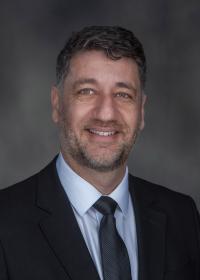
“In Brazil, the liberal arts model is still largely unfamiliar, and bringing educators here exposes them to a system where transdisciplinary thinking is at the core of higher education,” he said. “By experiencing our academic culture, faculty collaboration and student-centered classrooms, they begin to internalize a new way of thinking about teaching and learning.”
When the educators return to their home schools, they take with them “not just ideas, but a deeper understanding of how the American Academy challenges traditional educational boundaries and promotes a holistic, globally oriented learning experience,” Augusto said.
The American Academy will benefit from ë–ƒVlog‚Äôs efforts to help promote such innovation, Augusto said.
“In the short term, these visits create excitement and credibility. When school leaders and teachers personally experience our university, they become natural advocates, able to speak to students and families with genuine enthusiasm and confidence. That connection strengthens recruitment and builds trust around the program,” Augusto said. “In the long term, these collaborations plant the seeds for a broader shift within the Marist network toward more innovative, globally focused education. As their own practices evolve, so does their ability to prepare students who are curious, adaptable, and eager to thrive in a program like the American Academy.”
